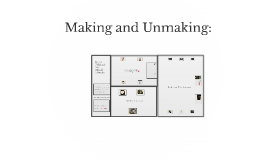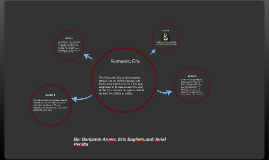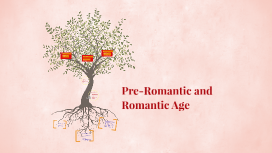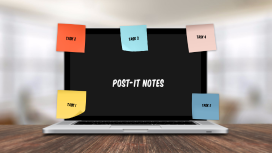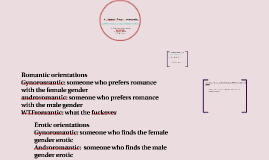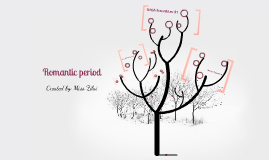Senior Project Template, Romantic Period
Transcript: Title, year produced, medium. Explanation about why this piece is typical of the Romantic Period. Title, medium used, year produced. Explanation as to why this painting is typical of the Romantic Period. Title, year produced, medium. Explanation about why this piece is typical of the Romantic Period. Title, year produced, medium. Explanation about why this piece is typical of the Romantic Period. Title, year produced, medium. Explanation about why this piece is typical of the Romantic Period. Title, year produced, medium. Explanation about why this piece is typical of the Romantic Period. Title, year produced, medium. Explanation about why this piece is typical of the Romantic Period. Title, year produced, medium. Explanation about why this piece is typical of the Romantic Period. Title, year produced, medium. Explanation about why this piece is typical of the Romantic Period. Title, year produced, medium. Explanation about why this piece is typical of the Romantic Period. Title, year produced, medium. Explanation about why this piece is typical of the Romantic Period. Title, year produced, medium. Explanation about why this piece is typical of the Romantic Period. Title, year produced, medium. Explanation about why this piece is typical of the Romantic Period. Title, year produced, medium. Explanation about why this piece is typical of the Romantic Period. Title, year produced, medium. Explanation about why this piece is typical of the Romantic Period. Title, year produced, medium. Explanation about why this piece is typical of the Romantic Period. By the Rivers of Babylon We Sat Down and Wept, 1815 1 We sat down and wept by the waters Of Babel, and thought of the day When our foe, in the hue of his slaughters, Made Salem's high places his prey; And ye, oh her desolate daughters! Were scattered all weeping away. 2 While sadly we gazed on the river Which rolled on in freedom below, They demanded the song; but, oh never That triumph the stranger shall know! May this right hand be withered for ever, Ere it string our high harp for the foe! 3 On the willow that harp is suspended, Oh Salem! its sound should be free; And the hour when thy glories were ended But left me that token of thee: And ne'er shall its soft tones be blended With the voice of the spoiler by me! By the Rivers of Babylon We Sat Down and Wept, 1815 1 We sat down and wept by the waters Of Babel, and thought of the day When our foe, in the hue of his slaughters, Made Salem's high places his prey; And ye, oh her desolate daughters! Were scattered all weeping away. 2 While sadly we gazed on the river Which rolled on in freedom below, They demanded the song; but, oh never That triumph the stranger shall know! May this right hand be withered for ever, Ere it string our high harp for the foe! 3 On the willow that harp is suspended, Oh Salem! its sound should be free; And the hour when thy glories were ended But left me that token of thee: And ne'er shall its soft tones be blended With the voice of the spoiler by me! By the Rivers of Babylon We Sat Down and Wept, 1815 1 We sat down and wept by the waters Of Babel, and thought of the day When our foe, in the hue of his slaughters, Made Salem's high places his prey; And ye, oh her desolate daughters! Were scattered all weeping away. 2 While sadly we gazed on the river Which rolled on in freedom below, They demanded the song; but, oh never That triumph the stranger shall know! May this right hand be withered for ever, Ere it string our high harp for the foe! 3 On the willow that harp is suspended, Oh Salem! its sound should be free; And the hour when thy glories were ended But left me that token of thee: And ne'er shall its soft tones be blended With the voice of the spoiler by me! Music Gothic Literature Works Cited http://owl.english.purdue.edu/owl/resource/747/01/ http://citationmachine.net/index2.php The end Closing info Basics of the Romantic Period Author's name What it is, who is well known for it, what are the characteristics of it, etc. Basic information about the artist, what all they did, major accomplishments, what they are known for, birth and death dates Basics of American Romanticism, Hudson River School etc. Here is where final, closing information about the Romantic Period would go. Overview Title Overview Artist's name Literature, poetry Basic information about the author. Major contributions to literature, what they're known for, etc. Created by: Miss Zilai Here is where information about the time period would go. British Romanticism Art Title Basic information about the artist, what all they did, major accomplishments, what they are known for, birth and death dates Artist's name American Romanticism Artist's name Author's name Here is where additional, broad information about the time period would go. Romantic period Basic overview paragraph about the music of the Romantic Period. What did it focus on, etc.






